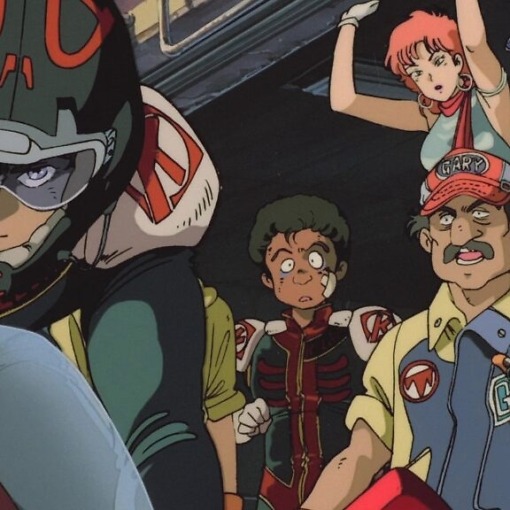By Zoe Crombie.
Anime has taken inspiration from Western cultures throughout much of its history, from Astro Boy’s Disney-inspired aesthetics to the gorgeous European locales of films like Howl’s Moving Castle, and one of the most important productions in this vein is the World Masterpiece Theater series of adaptations of Western children’s books. Bringing new attention to this frequently forgotten series, anime scholar Maria Chiara Oltolini’s new book Rediscovered Classics of Japanese Animation: The Adaptation of Children’s Novels into the World Masterpiece Theater Series explores the origins and development of this significant moment in the history of the mode.
Alongside the ranks of Astro Boy, Gundam, and Dragon Ball (rest in peace, Toriyama), few anime series have been more influential on the direction of the medium than the World Masterpiece Theater. Producing one standalone series per year, each based on a work of Western children’s literature, the series was worked on by some of the biggest names in anime history, including Ghibli founders Hayao Miyazaki and Isao Takahata, and clearly informs their work decades later.
Unfortunately, due to sporadic streaming availability and a general lack of scholarly focus, the series hasn’t received much attention in the decades since its inception – until now. With Oltolini’s book, we now have access to a wealth of information on the series, from its beginnings with Zuiyo under the name Calpis Comic Theater to its development into a national phenomenon that spawned 26 individual adaptations of classic children’s literature.
Rediscovered Classics is structured in a way that provides a great deal of context before actually diving into the series itself. The first three chapters, comprising almost half of the length of the book, establish the presence of Western children’s literature in Japan, the longstanding connection between Japanese animation and this literature, and the industrial origins of World Masterpiece Theater, including some discussion of pre-WMT series like Moomin and Fables of the Green Forest.
It isn’t really until chapter four, titled ‘Framing the Meisaku Series’, that we’re able to explore some individual productions from the series itself, and a greater level of depth only truly emerges in chapters five and six, which analyse the adaptations of Anne of Green Gables and A Little Princess. The conclusions are also relatively brief, meaning that the majority of the book primarily sits within anime scholarship from a historical or translation studies perspective.
Another valuable element of this book is Oltolini’s willingness to dig into the archives and look for Japanese language sources that will likely be unknown to the majority of readers checking out Rediscovered Classics. Utilising interviews with directors and articles originally published in Japanese, Oltolini provides both the original text and her own translations, showing a side of the development and reception of the series that’s harder to access for anime fans who aren’t fluent in the language.
Though this book is a worthwhile resource, there are a couple of points to note for prospective readers. Firstly, this certainly isn’t an encyclopaedic guide to every single release under the World Masterpiece Theater banner. Not only does the study understandably focus on the pre-2000s reboot series, not acknowledging the brief revival from 2007 to 2009, but it also focuses more on the industrial histories of translation and production than on the texts themselves. Though each release in the original run of WMT receives a brief overview in the fourth chapter, only two series – Red Haired Anne and A Little Princess – receive an extended textual analysis. This may disappoint readers looking for a primarily aesthetics-based approach to the series, for instance, so bear this in mind if you’re wanting to read the book for this purpose.
In spite of a somewhat odd structure (one chapter is a hundred pages long while two others are only forty, for instance) and a few grammatical errors that Bloomsbury really should have caught in the editing process, Rediscovered Classics is a useful study that gives a great deal of insight into the creation of some of the most important anime series of all time. A treasure trove of information on translation and the industrial factors behind adaptation, this is a somewhat messy but well researched and valuable contribution to the existing literature on anime history.
Zoe Crombie is an associate lecturer and PhD candidate at Lancaster University working on Studio Ghibli. Rediscovered Classics of Japanese Animation: The Adaptation of Children’s Novels into the World Masterpiece Theater Series is published by Bloomsbury Academic.



